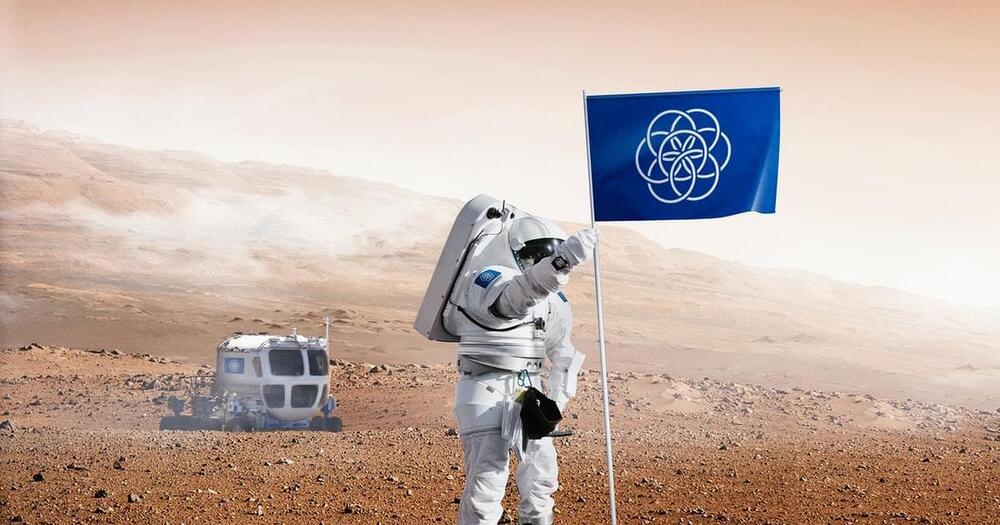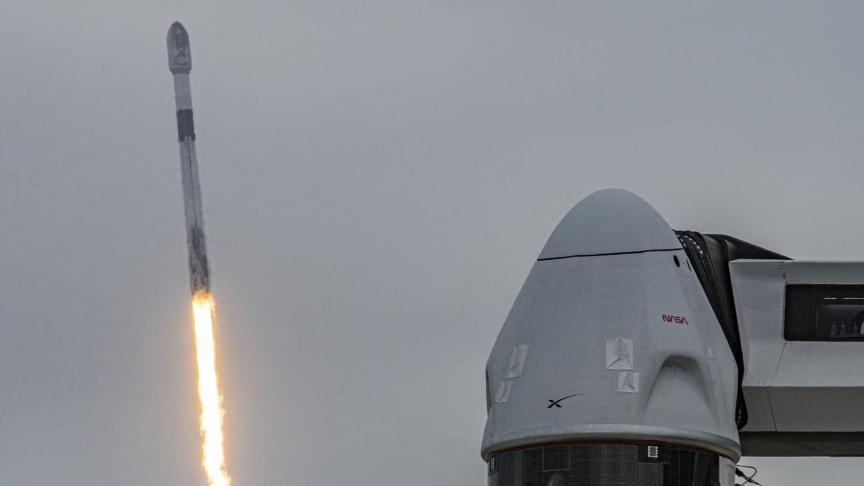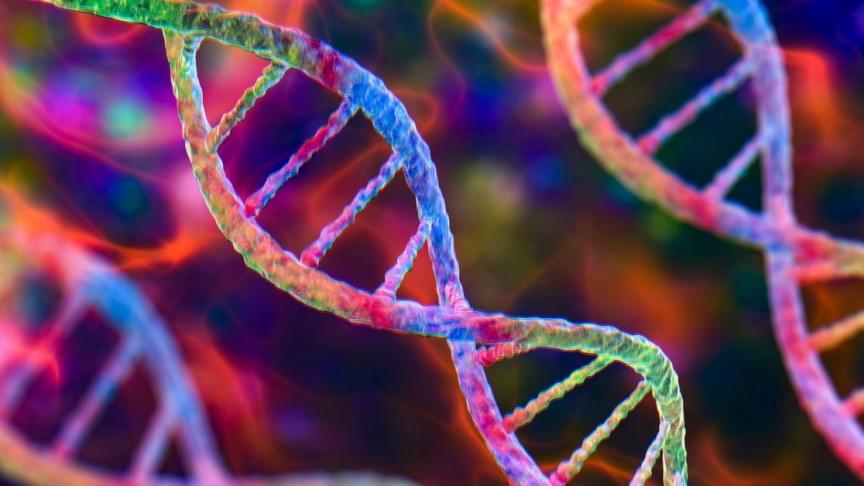We are approaching the point when humans make the leap off Earth and onto other planets. When we get there, how will we represent ourselves?
In this opinion essay, Earth Flag designer Oskar Pernefeldt explains why humans need a symbol if they are to succeed as an interplanetary species — on and off Earth.









